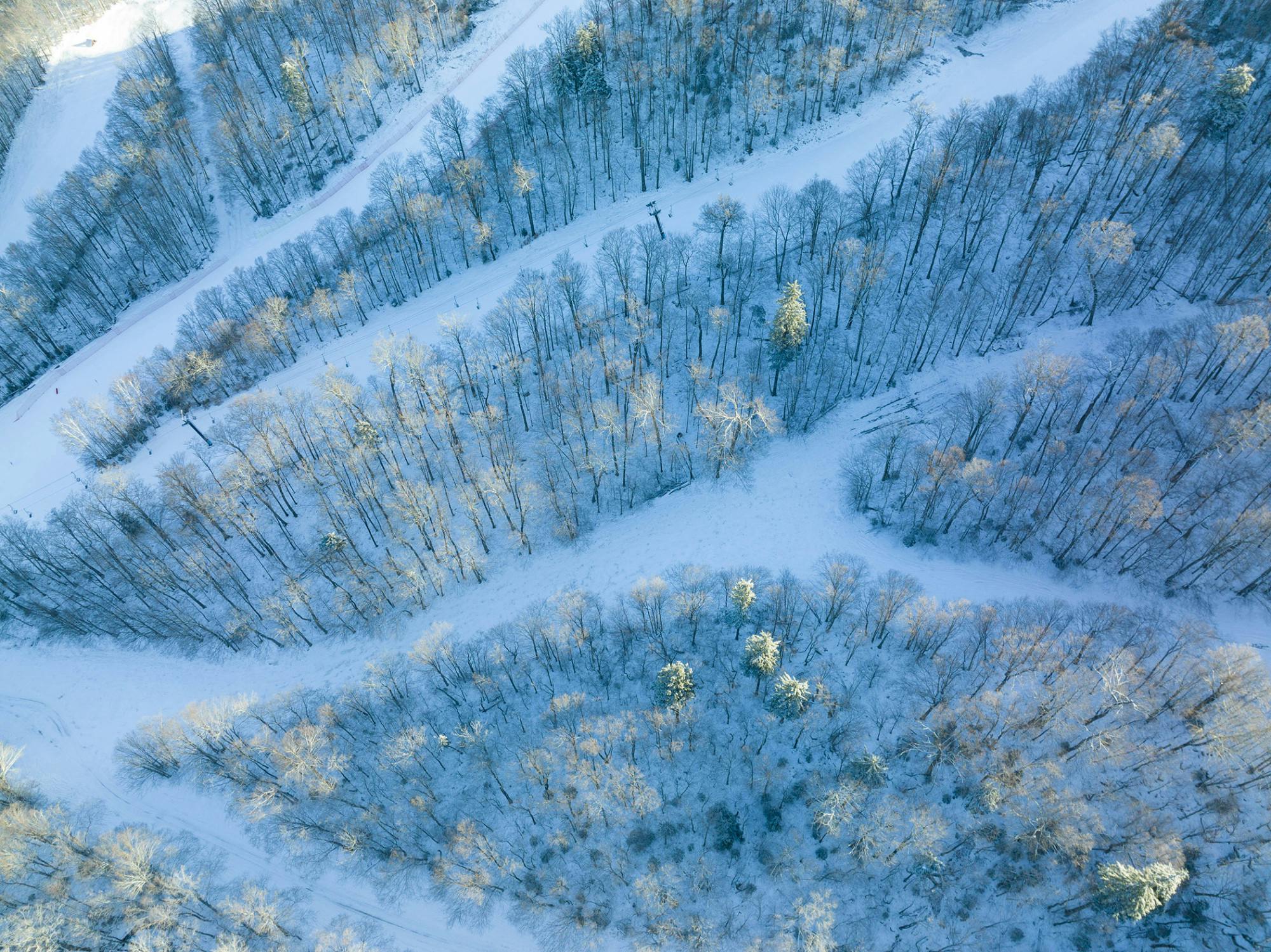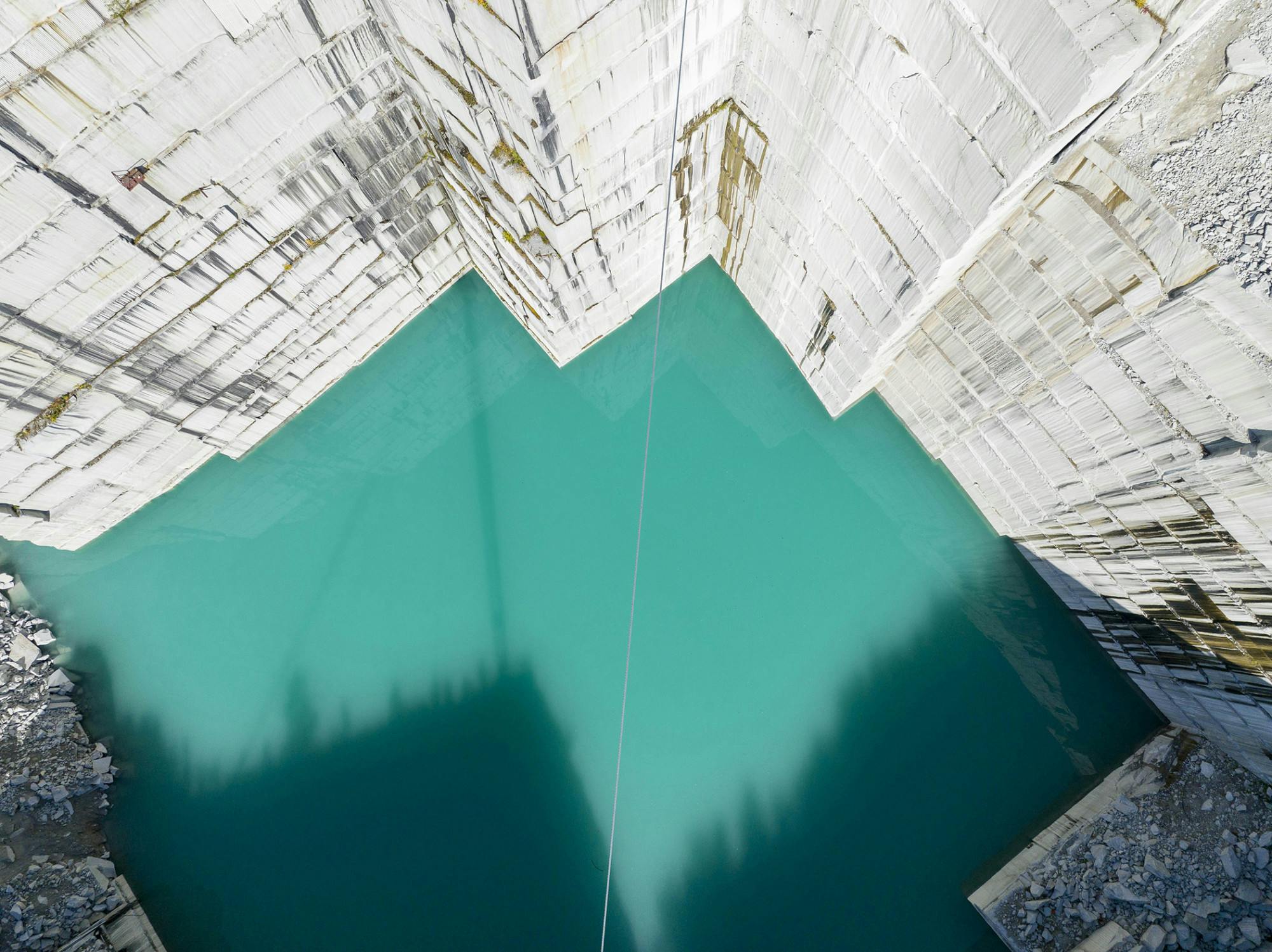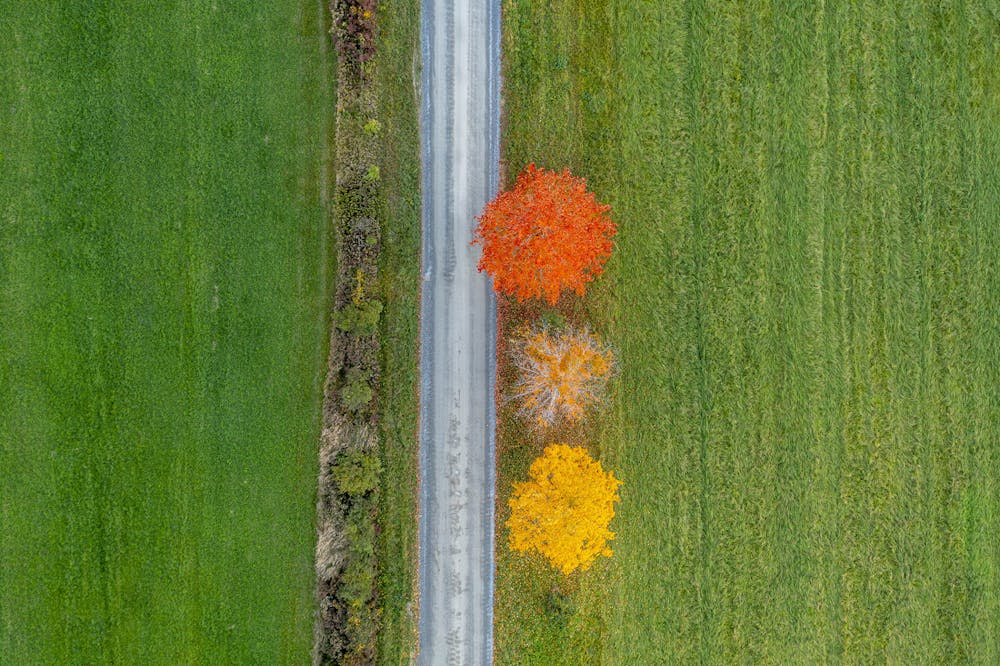For local artist Caleb Kenna, making a career of photography is a great way to interact with the world. While Middlebury might know Kenna’s photographs of the town of Middlebury and the Middlebury campus through their frequent features on the college’s social media accounts, his photos have a much larger reach beyond the 05753 zip code.
Kenna, 53, began photographing decades ago after a high school photography class spurred his interest in the art form. In the class, students were given an assignment to photograph strangers.
“You would just walk up to somebody with a camera and say, ‘Can I take your picture?’,” Kenna told The Campus
Kenna began his career in photojournalism, working at Vermont newspapers like the Addison Independent and the Rutland Herald. In 2000, he started freelancing for The New York Times, The Boston Globe and other similarly-sized newspapers. Kenna has also spent a number of years photographing for the non-profit environmental organization Vermont Land Trust, where he photographed conserved lands as well as candid portraits of people working.
While focusing in recent years on his own portfolio, Kenna has continued to work on assignments for weekly newspaper Seven Days VT and for specific clients.
Fresh accomplishments for Kenna include publishing two photo essays in The New York Times. Kenna published the first, titled “Behold Vermont, From Above,” amidst the Covid-19 lockdowns in the summer of 2020, as a part of the newspaper’s “The World Through a Lens” series. The spread included 17 stunning drone photos of Vermont landscapes.
“Taking drone photos, for me, was just a really great form of social distancing,” Kenna said.” It's a very meditative process, just going out and seeing the landscape.”
His second photo essay in The New York Times was titled “Vermont, Dressed in Snow,” also as a part of the “The World Through a Lens” series. Published in 2022, the spread similarly featured drone shots of snowy Middlebury and other Vermont towns.
Kenna first took up drone photography back in 2017.
“It basically just provides this incredible perspective on the landscape that is hard to get with a regular camera,” he said.
Before acquiring his own drone, Kenna hired an airplane once or twice a year to get similar shots of landscapes.
“But that’s expensive and you never know what the weather is and you’re a couple thousand feet up,” Kenna noted.
A drone allows for a quicker set-up time and easy exploring, he added.
While Kenna often uses a drone for capturing abstract images in landscapes, a drone is not always the best tool for certain projects. In cases of photographing individual or small group portraits, it is easier for Kenna to shoot with a regular camera.
Growing up in Middlebury and Brandon, Vt. with his mother — a German professor at Middlebury for thirty years — the Kenna family name is well-known in the Middlebury community. Kenna now raises a family of his own in the town of Middlebury, which he explained is a large reason why Middlebury and surrounding towns feature so prominently in his photography.
“I do like that but I would also certainly like to expand my range,” Kenna said. “I think the most successful pictures are the ones that are more abstract landscapes… It’s kind of like a puzzle,” he added, referring to the complex patterns he likes to find in landscapes using his drone.
A challenge in Kenna’s work has been in continuing to produce interesting, innovative work while living in the same area for years.
“But on the other hand, it really forces you to look and see and wait for weather and stuff like that,” he added.
Despite currently spending most of his time in Vermont, Kenna has previously spent time abroad in countries like India capturing on-the-ground photographs.
After publishing his first photo essay in the New York Times in 2020, Kenna gained national exposure that allowed him to work with non-fiction publishing company Schiffer on releasing a book. He released “Art From Above: Vermont” in October 2022. Along with a collection of Kenna’s drone photographs, the book features a foreword by Schumann Distinguished Scholar of Environmental Studies Bill McKibben and an introduction by Kenna.

“The process of making that book was a lot of fun,” Kenna said. He worked with Oregon-based freelance photo editor Mary Vignoles to sequence the book using a color palette of brown, green and blue to correspond with the changing seasons throughout the photographs.
Vignoles, who has been working with Kenna for years and collaborated with him on building his website, sequenced the photos in the book so that they blend from one color to the next.
“[It’s] kind of like a song, you just want somebody to go along with it,” she told The Campus.
In addition to keeping an eye on color, Vignoles’ editing process involved hours of looking critically at the photos to make sure the best selection of photos were included in the limit that Kenna had given her of about 100 photos to feature in the book.
“Art From Above: Vermont” is currently sold at The Vermont Book Shop in downtown Middlebury. Becky Dayton, owner of Vermont Book Shop, said that the book has sold over 600 copies in the bookstore since it was released nearly two years ago.
“I knew right away that it would be a huge seller,” Dayton said, aware that Kenna’s profile as a photographer had risen significantly following his features in The New York Times. While sales of “Art From Above: Vermont” have slowed down a little bit since it was published on Oct. 18, 2022, Dayton continues to restock the books in the shop.
“People love to give them to friends and family who are far away to remind them of how beautiful Vermont is,” Dayton said.
While Kenna would like to eventually create another book of photographs with a new idea, he is currently working on adding to his portfolio as he sells his photographs directly to clients through his website. His work has previously been featured at the Frog Hollow Craft Center in Burlington, Vt.; Edgewater Gallery in Middlebury, and the Kent Museum in Calais, Vt. In the coming months, his work will be shown by Burlington City Arts at a couple venues around Chittenden County.
“That’s been really fun to have that kind of exposure,” Kenna said. He added that he also finds social media platforms like Instagram and Facebook helpful in publicizing his new work.
Kenna creates prints of his photography for clients through Donald Ross, a Brandon-based photographer and printer who has known Kenna for over ten years. By using inkjet printing, large printers and fine art archival materials to help Kenna with the printing process, Ross allows Kenna himself to focus on photographing and managing his photography business.
“There is a long tradition in the photographic world of photographers collaborating with fine art printers. And I’ve been fortunate to enjoy that kind of relationship with Caleb,” Ross said.
Kenna’s photographs have received not only significant attention but widespread praise, and Kenna said he appreciates the positive comments he receives through social media.
“There is something very gratifying about that when you can, with a couple of clicks, distribute your own photos and get a lot of nice responses,” he said, adding that seeing his photographs on walls or in galleries is similarly satisfying.
“He’s very talented,” Dayton said of Kenna “He’s just an artist to keep an eye on”.

Kenna’s work can be found on his website or on Instagram @calebkenna.


Emily Hogan '24 (she/her) is a Local Editor.
She is studying Environmental Policy with a minor in Math. In addition to writing and editing for the Campus, she also dances with the On Tap dance troupe and serves on the Environmental Council. She has previously worked with the Sustainability Solutions Lab at Middlebury.




